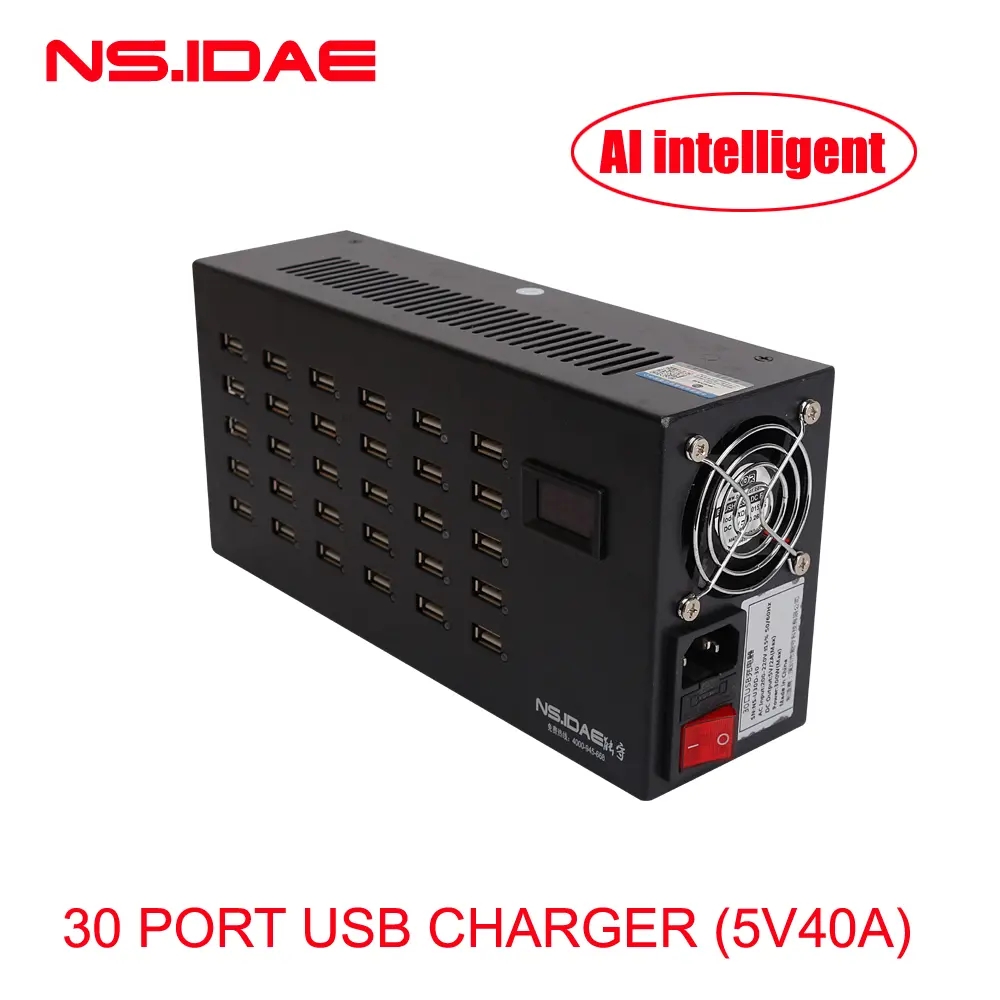In recent years, additive manufacturing—commonly known as 3D printing—has gained significant global attention and has become a major focus across various industries. This innovative technology is now widely applied in sectors such as aerospace, automotive, medical, metalworking, and mold making, revolutionizing the way products are designed and manufactured. It brings a new level of intelligence to production processes, making it a core element in the transformation of modern manufacturing.
There are multiple technologies used in additive manufacturing, including direct writing, fused deposition modeling (FDM), stereolithography (SLA), electron beam melting (EBM), selective thermal sintering (STS), selective laser sintering (SLS), selective laser melting (SLM), direct metal laser sintering, layered solid manufacturing, and powder bed fusion. Experts predict that the market for additive manufacturing will grow at a compound annual growth rate of 18-22% between 2016 and 2026. As the technology advances, it is expected to open up new possibilities for designing components and finished products.
Selective laser melting (SLM) stands out as a major innovation in the manufacturing process. Unlike traditional machining methods like cutting or milling, SLM is a material-accumulation technique that allows the creation of complex shapes while maximizing material performance. It is considered one of the key approaches in green manufacturing. As a direct method for producing metal parts, SLM offers high precision, excellent mechanical properties, and eliminates the need for tools or molds. It is a fully digital process and remains unmatched in the fabrication of intricate metal components.
Beyond its flexibility, short production cycle, low cost, and ability to support personalized small-batch production, metal 3D printing is set to bring two major transformations. First, it will significantly impact materials technology by enabling the development of high-performance new materials through digital manufacturing. Second, it will reshape equipment manufacturing by allowing the digital production of large and complex structures.
The national key research and development program “Additive Manufacturing and Laser Manufacturing†ran from 2016 to 2020, with a five-year implementation period. Its main goals included breaking through fundamental theories in additive and laser manufacturing, achieving original technological breakthroughs, and deploying advanced R&D. The program aimed to overcome core components and key process technologies, develop essential equipment, and advance laser manufacturing. It also focused on creating reliable, long-lasting laser components, domestic advanced lasers, and high-end laser manufacturing systems.
30 Port USB Charger
This 30 port USB charger can charge up to 30 iPad, iPhone, tablets, smartphones, or other USB devices to charge, which can identify your device and support the corresponding current to provide the fastest charging speed. And this 30 -port smart charger built -in intelligent multiple security protection to prevent your device from security such as excessive high, overvoltage, overload, etc.

30 Port Usb Charger,Red Intelligent Charger,30 Port Intelligent Charger,Usb Red Ai Smart Charger,300W USB charging station
shenzhen ns-idae technology co.,ltd , https://www.best-charger.com